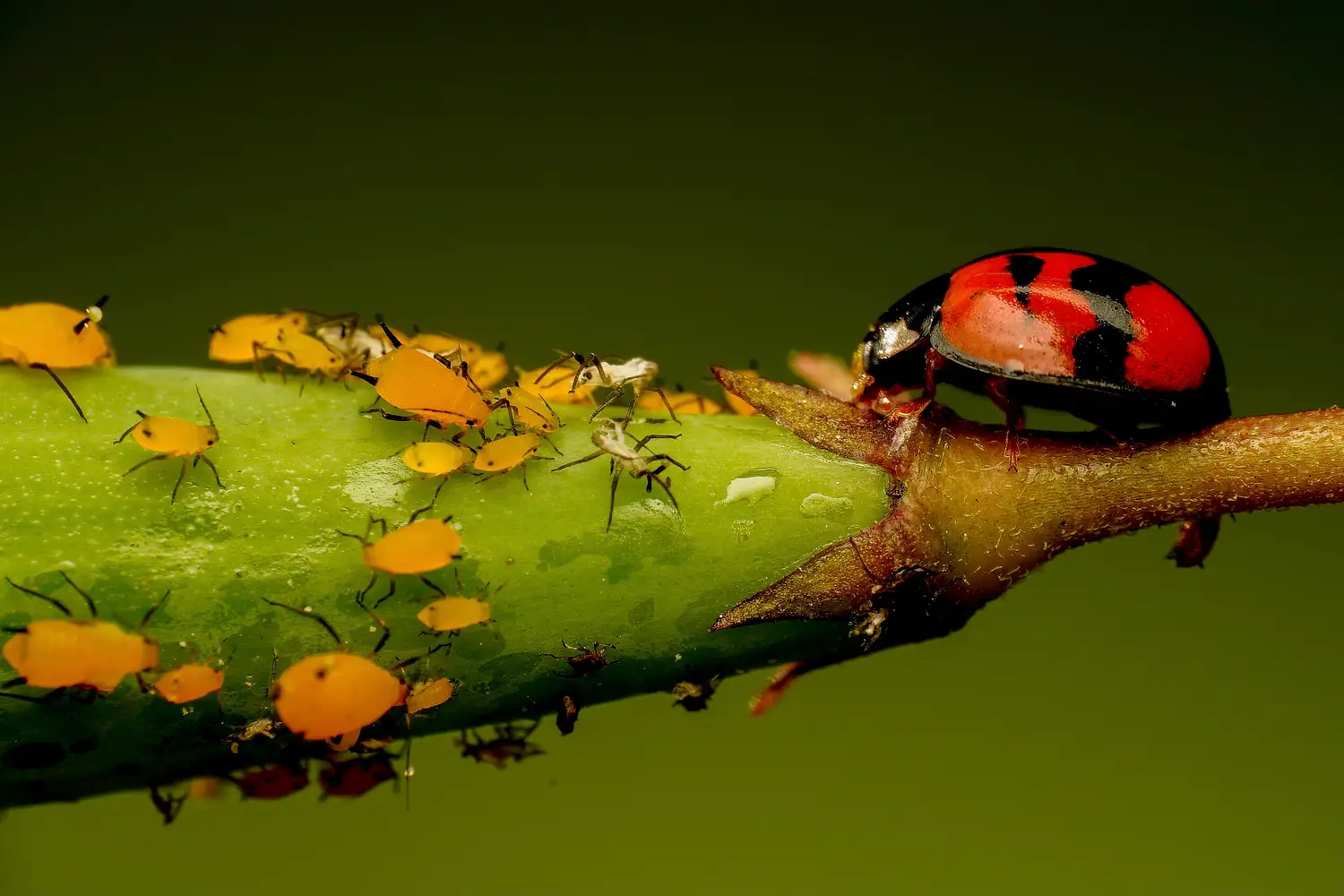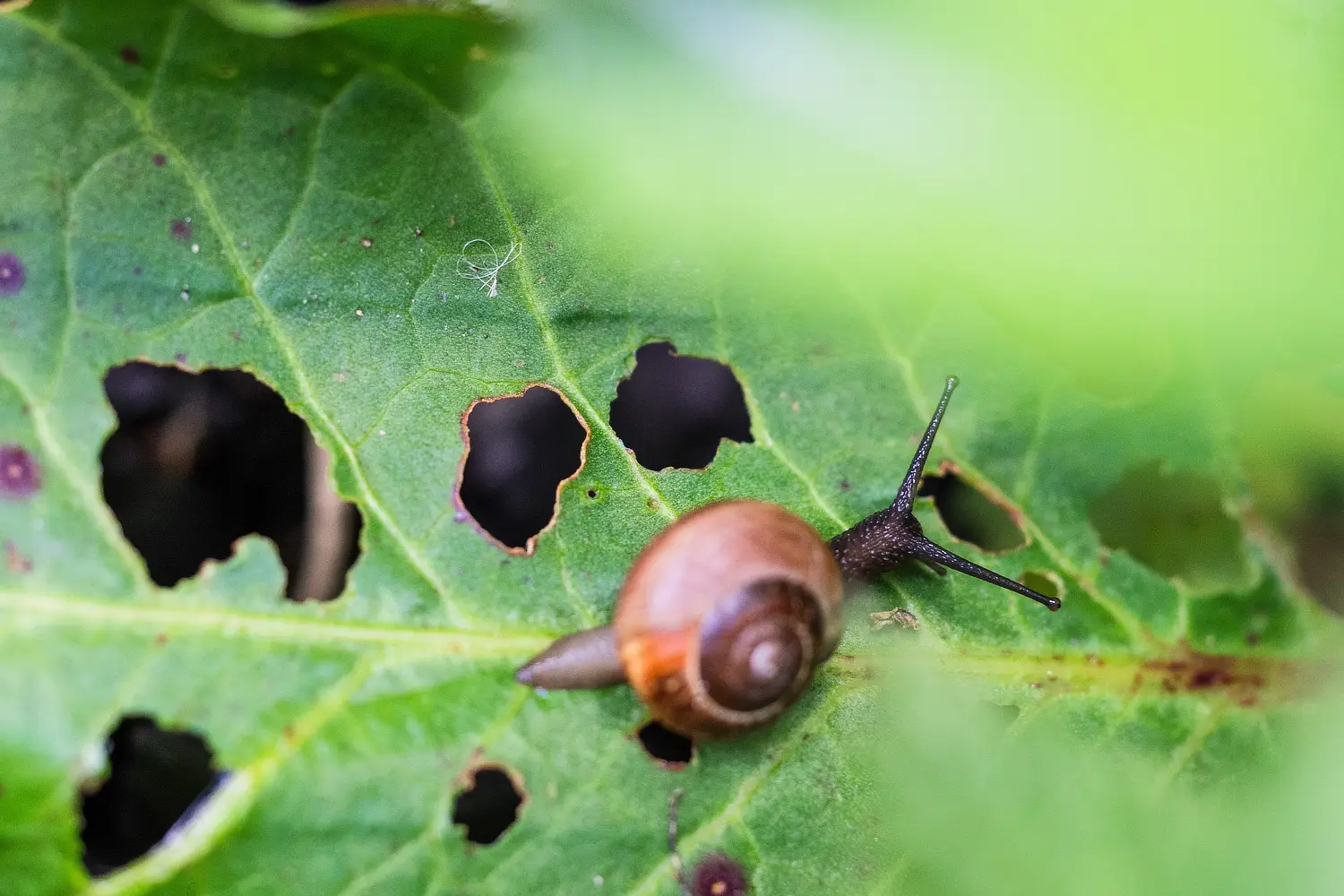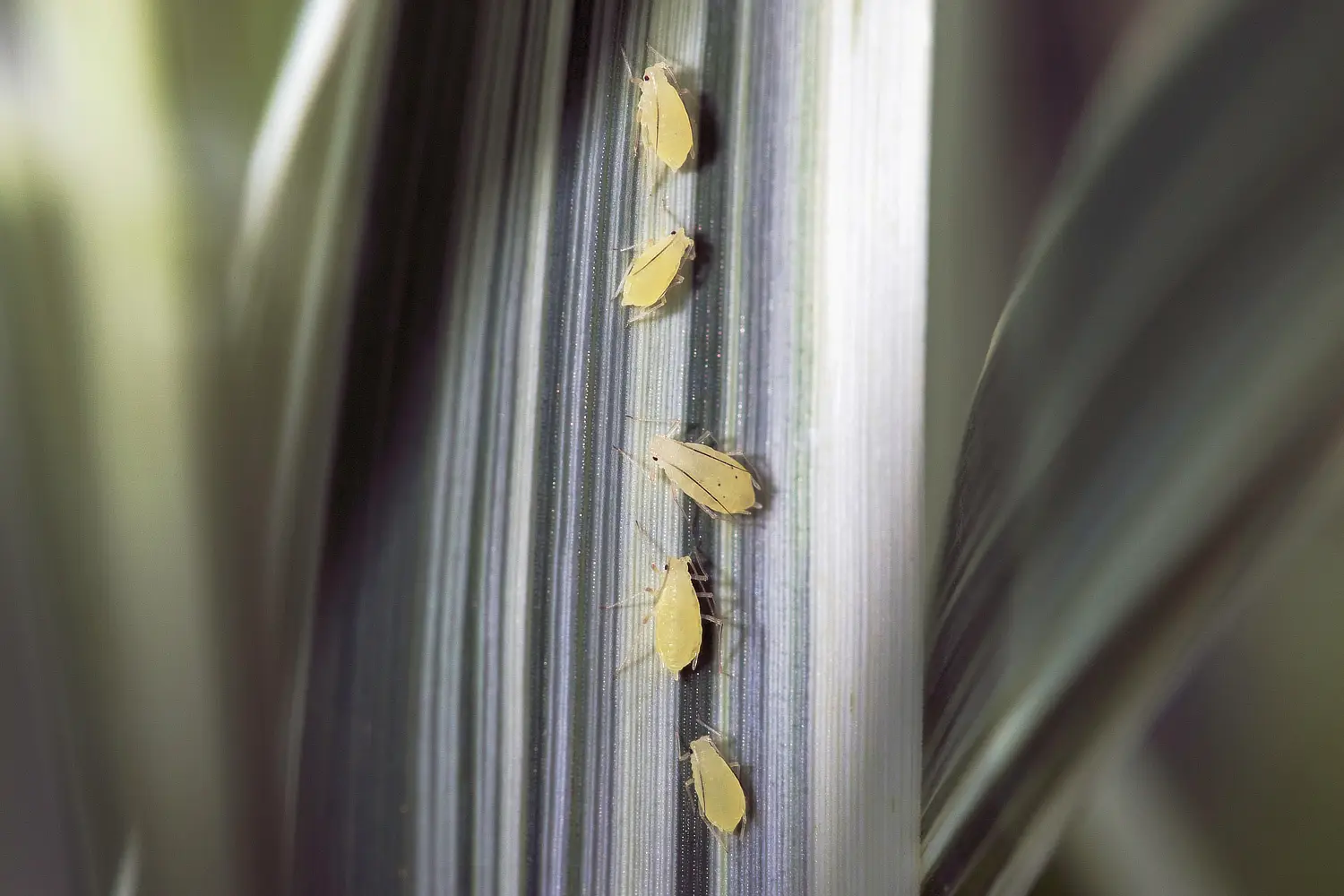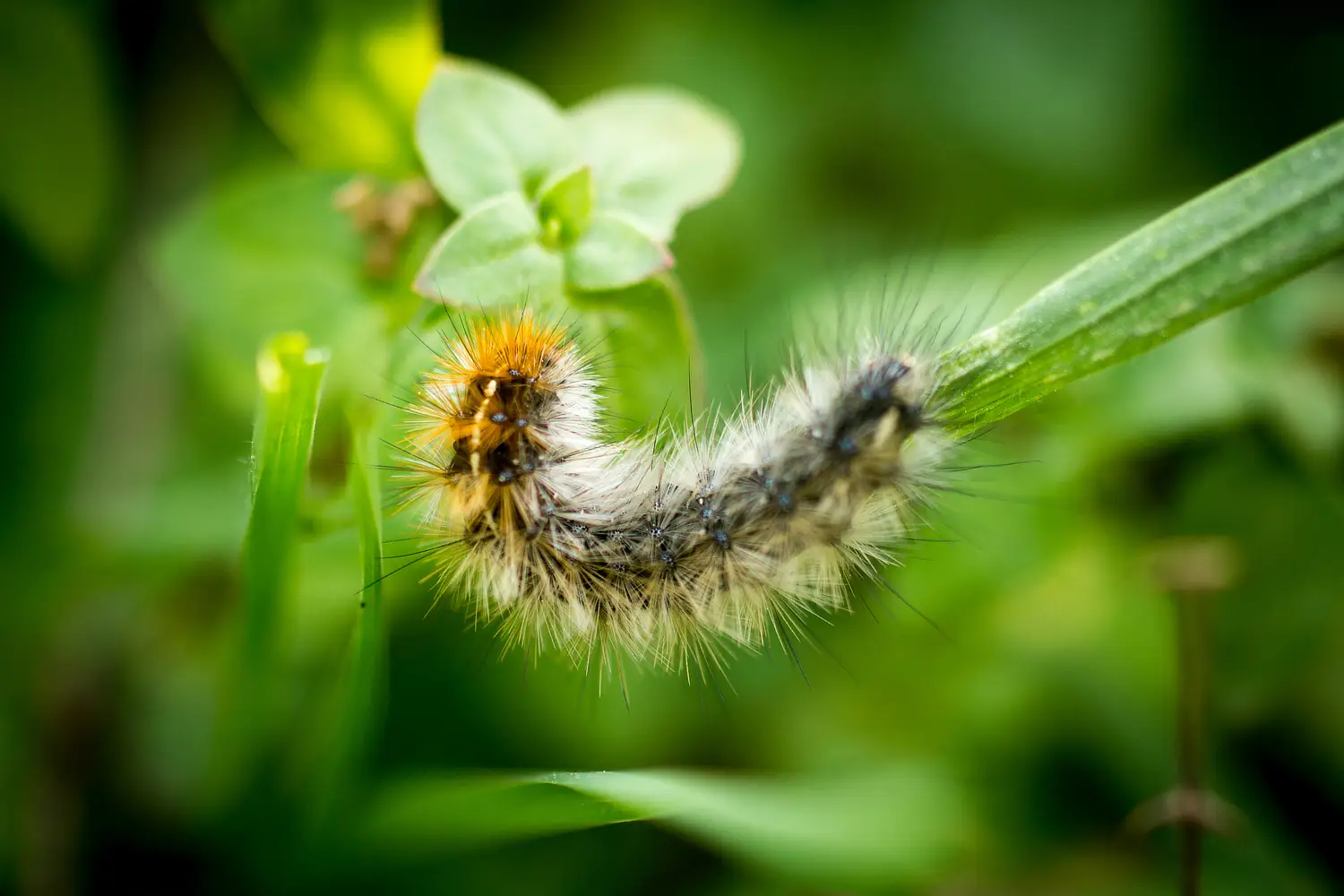New gardeners are often scared by the thought of having to deal with common garden pests as there are so many. Knowing exactly what the pest is can be tricky, so I find the best way to identify them is to work out what damage they are doing and treat accordingly.
You can split your common garden pests into three distinct categories Sap suckers, Chewers and Borers.
Sap suckers are small insects that feed off the sap of the plant, aphids, mealy bugs, azalea lace wing and scale being the most common of them all. They inject their mouth parts into the plant and suck the sap out distorting the growth.
These pests can be treated with white oil, eco oil or beat-a-bug sprays, all of which block the breathing holes of the insect causing it to drop off the plant. You need to ensure you follow the instructions on the spray bottle and don’t over use.
Companion planting with marigolds also works well and attracts these pests to the marigold rather than your prize veggies or ornamentals. Promoting predatory insects is also a great way to control infestations and lady bugs are beautiful and effective at controlling them. You can actually buy them on-line and they come in a box ready to wreak havoc on your problem pests.
Chewing insects are the next category and can be identified by the damage they do to the leaves and sometimes flowers of a plant. Think Slugs, snails, white cabbage moth and weevils– rather than distort a leaf they will take chunks out of the leaf, often along the edge.
The best way to remove these pests is to pick them off by hand, you can spray them with pyrethrum however you need direct contact from the spray for it to work, so why not pick them off? I like to feed them to the birds, so they don’t go to waste. Look under the leaf as this is most likely where the caterpillars will be and look for tiny green or white eggs and remove them before they hatch.
For white cabbage moth they love brassicas but if you plant dill with them, it masks the scent and keeps the moths from laying their eggs. You can also use a decoy moth that is made of plastic and looks like a cabbage moth and due to their territorial nature often stop the parent from laying eggs.
Snails often like lush leafy greens and plants such as Hostas’, New Zealand rock lily, Clivia and Ligularia. Again, hand removal is best, but you can also set a beer trap, a shallow dish left slightly buried so the beer inside is easily accessible to a snail and it will entice them in, get them drunk and they should drown.
Borers are those pests that get inside your plants and eat them from the inside out. Borers like trees and can cause such damage that entire limbs need to be removed from the tree they have infected. Often a tree will exude sap to combat this, but you can help by filling the hole with olive oil effectively drowning the insect inside.
Leaf miner and in particular Citrus leaf miner is also a common boring type of pest, the larvae are laid inside the fresh new growth and eat the leaves as they move around leaving a silver trail on the leaf surface. The best and only remedy for this is to prune out the affected areas and dispose of the green waste out of the garden.




